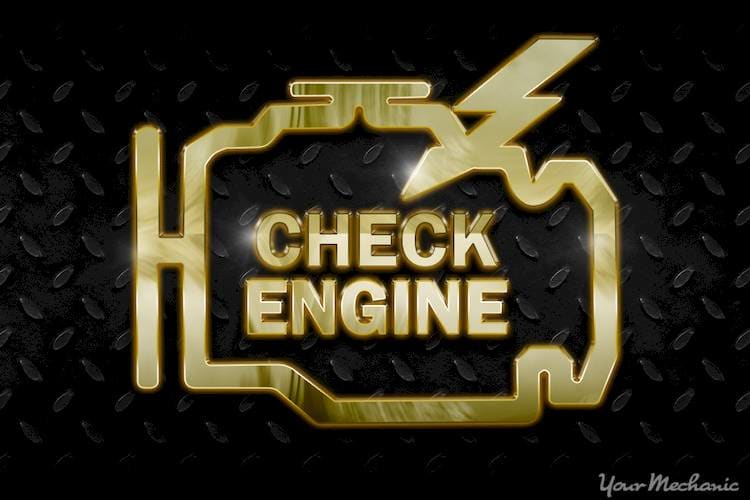P3409 code definition
The P3409 code is Cyl2 Deactivation/Intake Valve Control Circuit/Open. Cyl2 narrows the issue down to engine cylinder number 2. Other codes in the P3400 series may present concurrently with P3409, indicating a problem with another cylinder’s deactivation solenoid circuit.
What the P3409 code means
In an engine with eight or more cylinders, most modern vehicles are equipped with a feature which allows half of the cylinders to deactivate during times of light load operation. This enhances fuel economy and reduces emissions. The vehicle will only operate on all cylinders when needed – such as when starting, idling, or under heavier loads.
If the MAF (mass airflow), MAP (manifold absolute pressure), or TP (throttle position) sensors send a signal to the ECM (engine control module) that is outside of the expected range, deactivation in one or more cylinders is affected and a P3400 code will set. In the case of P3409, this typically means that the intake control solenoid circuit has an open, a short, or high resistance.
What causes the P3409 code?
Several possible problems could cause the ECM to receive an inaccurate signal from the sensors, including:
- A bad MAP, MAF, or TP sensor
- Valve lifter malfunction
- Low oil pressure caused by an obstructed oil passageway
- A faulty cylinder deactivation solenoid circuit connection
- A short in the solenoid wiring harness
- Restricted fuel pressure
- A mechanical problem in the engine
- A faulty PCM or ECM (rare)
What are the symptoms of the P3409 code?
You may experience misfires and/or vibration when the engine is running, as well as an illuminated Check Engine light. The vehicle will only operate in the higher mode (V8, or V12 in the case of a 12-cylinder engine).
How does a mechanic diagnose the P3409 code?
Your professional will make sure the oil level and pressure are correct, and will verify the stored code using a code scanner. If there are other fault codes present, these should be addressed in the same order as the data indicates they occurred. Then the codes are cleared and the vehicle retested to be sure the code replicates.
The technician will perform a visual inspection of the wiring and connections to check for corrosion or loose connectors. Next comes testing the cylinder deactivation solenoid with a scan tool. He or she will check the oil passages to see if there’s any sludge or blockage. If all of these tests turn out fine, the valve lifters may be inspected to see if they’re the source of the problem.
Common mistakes when diagnosing the P3409 code
It can be tempting to simply replace the deactivation solenoid and/or wiring, without checking for oil restriction, which is a common culprit in this issue.
How serious is the P3409 code?
This code may not seem serious at first, because the vehicle will likely continue to be operational. It can lead to further damage however, because the ECM turns off the faulty cylinder, causing the engine to run rough. It’s best to have the problem looked at as soon as you can.
What repairs can fix the P3409 code?
Repairing this code could involve one or more of the following:
The engine cylinders are controlled by a complex network of components, which can make it difficult to narrow down the problem unless you’re a seasoned mechanic. Your professional has tools that provide more detailed information than most tools available to home users, allowing them to complete the diagnosis and repair much more quickly and efficiently. In addition, if the engine must be disassembled, this can be extremely time-consuming and labor-intensive unless handled by a pro.
Need help with a P3409 code?
YourMechanic offers certified mobile mechanics who will come to your home or office to diagnose and repair your vehicle. Get a quote and book an appointment online or speak to a service advisor at 1-800-701-6230.
Check Engine Light
trouble codes
P3409





